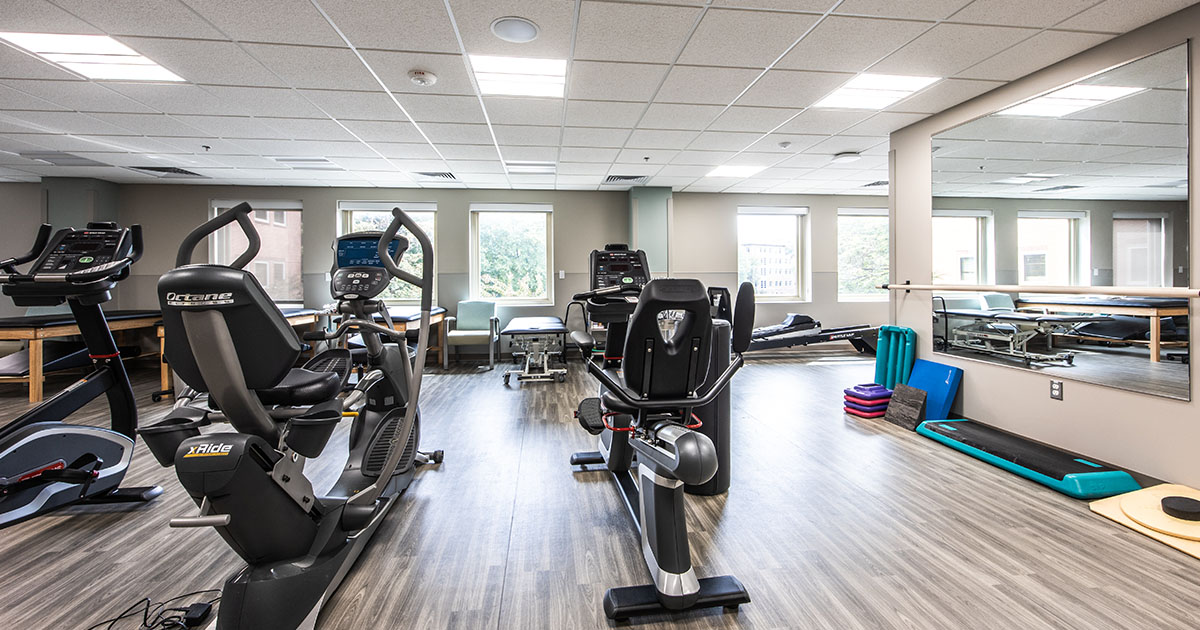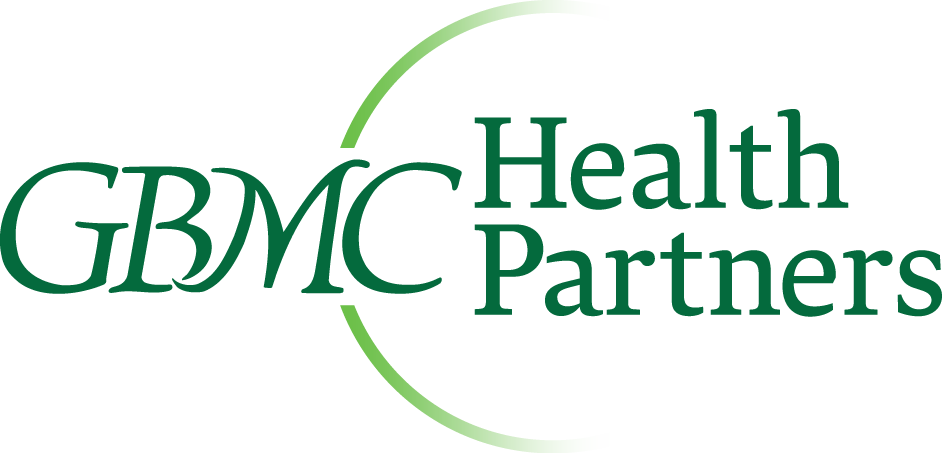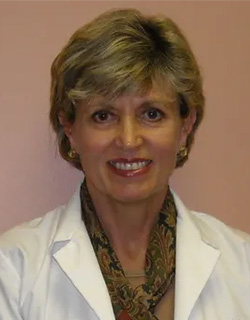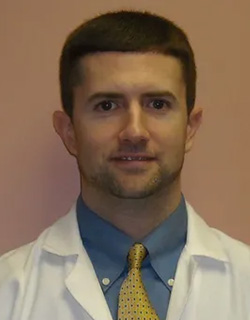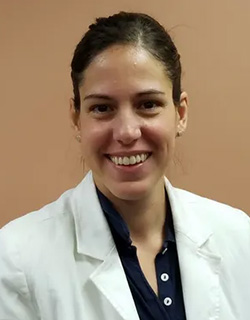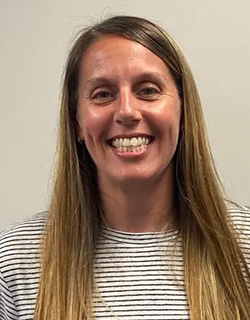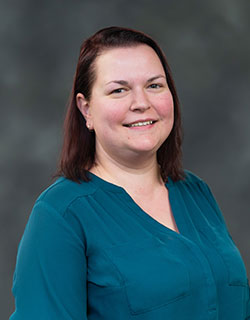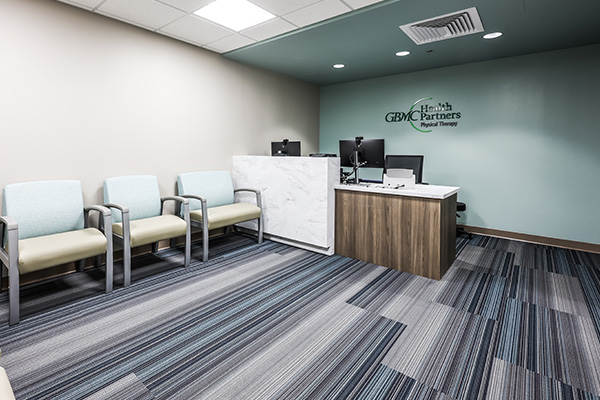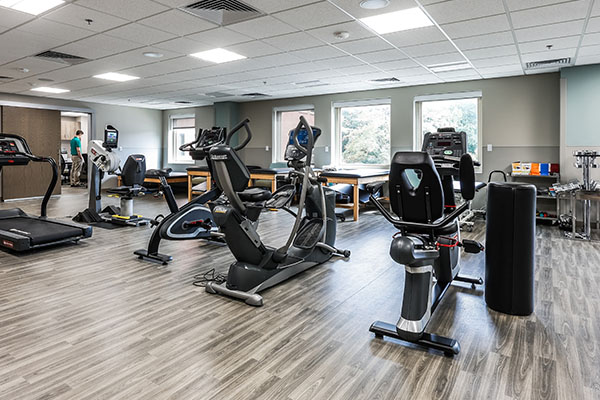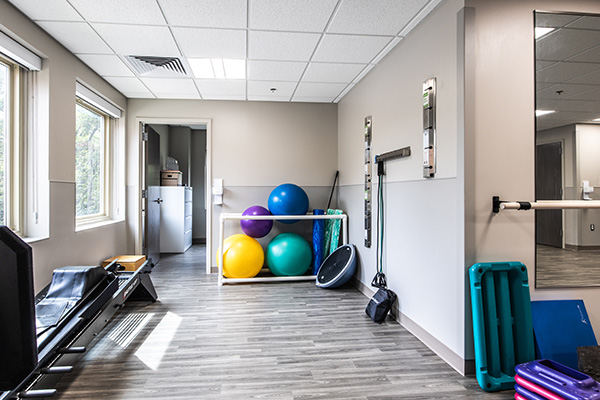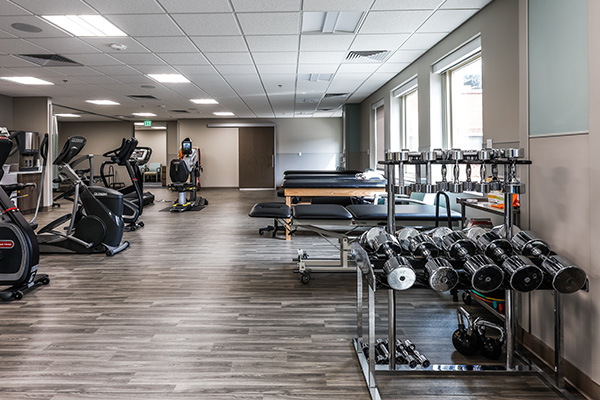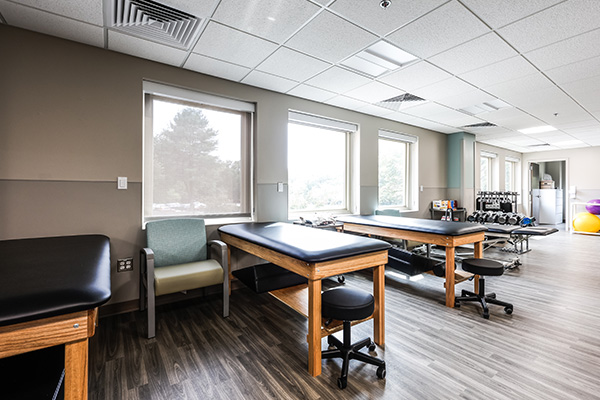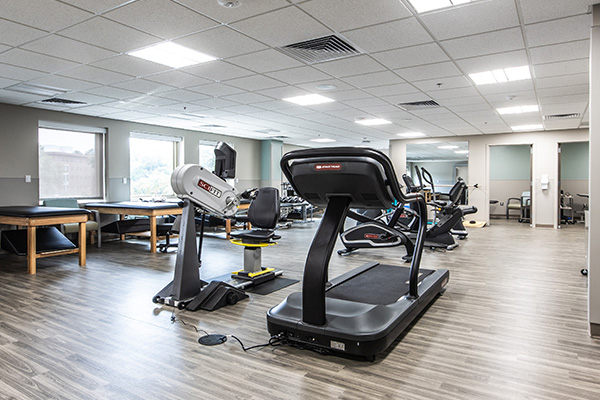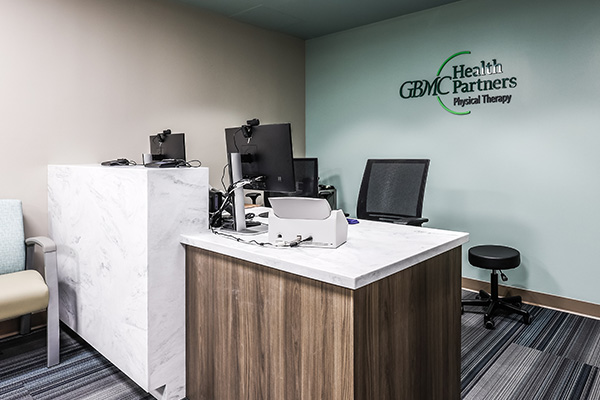Physical Therapy at Owings Mills
Maryland Center for Physical Therapy is now GBMC Physical Therapy at Owings Mills
Welcome! Our goal is to help each patient return to their highest level of function as quickly and as safely as possible. We provide individualized, evidence-based care that focuses on pain management, manual therapy, and progressive therapeutic exercise. Whether recovering from an injury or managing a chronic condition, our team is committed to improving your mobility, restoring function, and enhancing your overall quality of life.
Our Team
All professionals at GBMC Physical Therapy at Owings Mills maintain the highest levels of accreditation and pursue ongoing education to stay abreast of the latest trends in physical therapy.
Our Services
GBMC Physical Therapy at Owings Mills is pleased to offer patients the following services:
- Orthopedic physical therapy for a variety of orthopedic conditions including but not limited to cervical and lumbar problems, headaches, musculoskeletal injuries, trauma, temporomandibular joint disorders (TMJ), and postural dysfunction.
- Neurological rehabilitation for stroke, multiple sclerosis, Parkinson’s Disease nerve injuries, and Reflex Sympathetic Dystrophy (RSD).
- Post-surgical rehabilitation following spinal surgery, joint replacement, ligamentous reconstruction, arthroscopy, mastectomy, and hand surgery.
- Pelvic floor and women’s health therapy to treat patients with urinary incontinence, overactive bladder, delayed emptying, and pregnancy-related issues.
- Dry needling, a technique in which small needles are inserted into trigger points and myofascial tissues to help reduce pain and improve movement.
All services offer an initial evaluation with a licensed physical therapist followed by comprehensive treatment. Services may include manual therapy, modalities like heat/cold therapy, electrical stimulation, or traction, and an exercise program based on individual needs.
Our Office
We are conveniently located in the GBMC Medical Office Building (formerly the Physicians Pavilion) West of the Owings Mills Metro Center and off I- 795, at the intersection of Red Run Boulevard and Painters Mill Road.
Appointments
To schedule an appointment, please call us at (410) 363-7123.
If, for any reason you cannot keep a scheduled appointment, or will be delayed, please call us as soon as possible. Cancellation and No Show fees may be incurred at times.
Please allow 1-1 ½ hours for each visit.
Driving Directions
- From I-695 take exit 19 (I-795).
- Travel approximately 5 miles
- Take the first exit (exit #4 Owings Mills Blvd.)
- Merge onto Owings Mills Blvd. and move to left lanes.
- At the first traffic light, turn left unto Red Run Blvd.
- Continue on Red Run Blvd, go past the 2nd traffic light to Owings Mills Corporate Campus
- Then make a right turn to 10085 Red Run Blvd(Physicians Pavilion)
- We are in the brick building, 2nd floor, suite 207.
